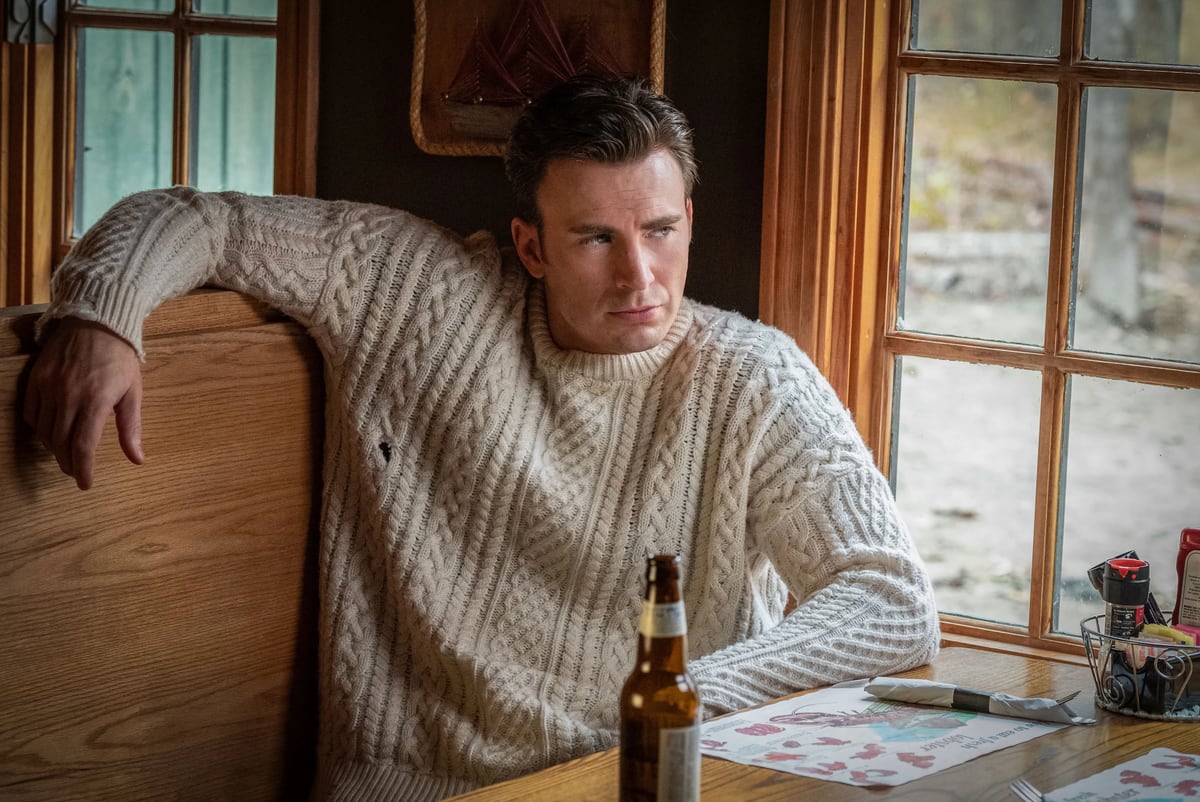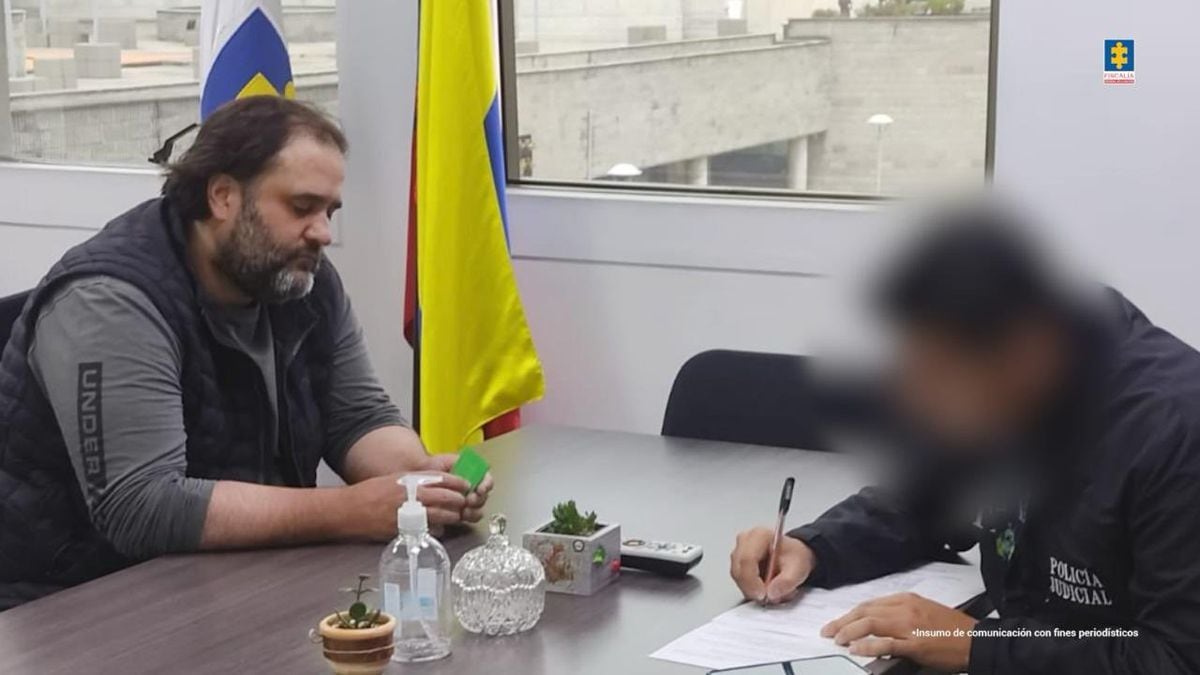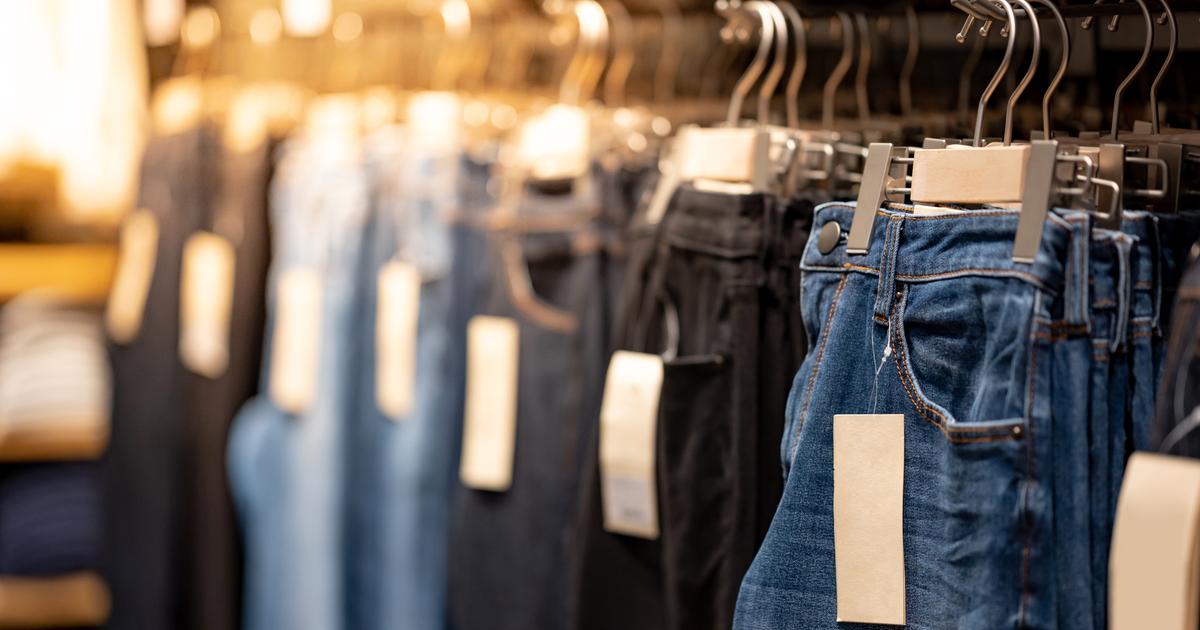There is a very common exercise in voyeurism for any fashion aficionado that consists of entering the
online
store of any luxury brand –or a multi-brand– and ordering all the available products from highest to lowest price.
The first places, in the
prêt à porter
of the big firms, are always for leather garments, coats and artisan finishes such as embroidery or applications of valuable materials.
But, for years, right after comes the point.
For example: a Celine wool cardigan (3,900 euros), a Loro Piana cashmere cable-knit sweater (3,450 euros) or a Brunello Cucinelli jacket (around 3,000 euros).
Sometimes the scarcity or value of the materials explains part of the price – cashmere or angora – but in others the description of the garment simply mentions wool as the main ingredient.
Shapes also vary: firms such as Prada or Loewe have signed up for the most luxurious side of this category, with techniques such as intarsia –a kind of textured
patchwork
that mixes different colors and thicknesses in the same garment– or bright colors and atypical finishes from The Elder Statesman, a firm specializing in cashmere that has broken into giants of
online commerce
like Mr Porter with sweaters with prices between 800 and 3,000 euros.
Knitwear is in fashion: although few brands have done without this material over the decades – who doesn't produce a round-neck sweater, a cardigan or a scarf? – in recent seasons it has gained a lot in collections.
Young firms, such as the Italian Federico Cina or the Spanish Alled-Martinez, have carved a niche for themselves in the industry with original reinterpretations of classic garments.
Even though, as Alled-Martinez told ICON, they sometimes have to give them up because, at a time when it seems that any fabric and garment can be made instantly anywhere in the world, knitting is still insistently expensive.
Richard Dreyfuss and his (then) wife Jeramie, outfitted in Ralph Lauren American flag knit sweaters.Robin Platzer (Getty Images)
The reasons are explained by John Eccles, a professor at the Fashion School of the Istituto Europeo di Design in Madrid, a specialist in knitted textile design and flat textile design.
To design and produce a stitch, you have to take care of the selection of the thread, the gauge (the size of the needle and the machine, which results in open and light stitches, or stiff and compact), the type of stitch and the garment construction.
For example, there are machines that already have the pattern of the garment incorporated, so it is knitted directly without the need for seams.
“It is clear that in point design you have to take many things into account.
All of the above require more processing and some may have to be developed by hand;
which means that the prices of the garment can increase.
The increase may be such that the final product is not commercially viable for the market.
So, to some extent, the role of the product manager can come into play,” he explains.
A practical example: the Italian firm Missoni has been a specialist for decades in creating knitwear with intricate patterns, colors and details that could only be achieved thanks to machines developed especially for them.
Hence, while some of his icons, such as the zigzag motifs, have been copied by other designers, his classic pieces continue to gain popularity and are on the rise in thrift stores.
Ottavio Missoni photographed in 1990 with one of his famous knitwear, with an inimitable weave.Mondadori Portfolio (Mondadori Portfolio via Getty Im)
They are irreplicable, just like the wool sweaters with which Elsa Schiaparelli took her first steps in the fashion of the twenties, and which now occupy a prominent place in the showcases of the monographic exhibition dedicated to her by the Museum of Decorative Arts. from Paris: the key to her success was her trompe l'oeil motifs, but also the knit that an Armenian knitter knitted by hand exclusively for her, and that none of her competitors could do.
The same is true of the sailor sweaters from the Norman Saint James house, which dates from 1889 and which France considers intangible heritage.
Mastering these techniques is by no means easy.
From IED Madrid, the director of the fashion school, Eduardo García, confirms that "specific technical profile teachings are highly demanded in the fashion industry" and highlights that, in recent months, the Madrid school has opted for " expand the machinery, content and processes linked to the point so that our students have knowledge with which they can access the type of positions that the industry demands”.
It seems that, in effect, it is a demand from the sector itself: according to the specialized publication
Business of Fashion,
knitwear designers are the most coveted profile at a time when comfortable and sportswear is gaining ground in the business.
But the price of the point derives not only from the processes necessary to produce it, but also from something much more fundamental: the material itself.
Between two jumpers with a similar pattern, one made from synthetic fibers or processed natural materials, and one exclusively made from respectfully treated natural fibers, there can be up to 3,000 euros of difference.
We are talking about luxury, so the processes do not fully explain the price – luxury brands sometimes have high prices because their brand positioning and sense of exclusivity require it – but much of it does.
Yolanda Estévez and Pedro Castellanos, two Galician businessmen who founded Knitbrary, a unique luxury knitwear firm produced by hand between Galicia and Peru, sell their men's sweaters starting at 800 euros.
Pablo Picasso poses in a cashmere jumper in Paris in 1966.Tony Vaccaro (Getty Images)
But here we are not talking about industrial processes, but about something much older: knitting by hand, with a needle or with very small artisan looms, which they do in collaboration with a workshop in Peru and in which each garment, with only quality materials and individually dyed with natural dyes, it is made to order or for a small network of points of sale.
Their position gives them in-depth knowledge of the sector.
“The demand for 100% natural yarns, although it is growing, is low and for this reason there is little supply.
A 100% natural yarn has a much higher price than the one that has been mixed with synthetic fibers.
There are also differences within the 100% natural yarns themselves, a 100% vicuña yarn is not the same, of which very little quantity is produced per year since the population of vicuñas,
Hence, the supply of natural fibers has become, in recent years, a battlefield.
Cashmere is the new oil and, as the founders of Knitbrary comment, its demand is giving rise to such contentious phenomena as the degradation of Mongolia, whose cashmere production has skyrocketed in the last decade to supply the growing number of brands that include it in their repertoire.
Hence the price disparity.
Originally, cashmere was an almost legendary material whose obtaining had mythical features.
In certain areas of Mongolia, Kashmiri goats graze among thorn bushes where tufts of wool remain attached.
It was these locks that, collected by shepherds, popularized cashmere as an extraordinary and rare material.
These fibers, long and shed naturally from animal fur, are the most resistant and, woven in the right way, provide a lot of warmth with minimal weight: they are the famous
pashminas
, vaporous and almost transparent, which were one of the first products made with this material.
Today, however, it is possible to find cashmere jumpers in large affordable fashion chains for prices of around one hundred euros.
The material is the same, but the processes change;
For example, sheared cashmere is more fragile and of poorer quality than combed cashmere, that is, the one obtained by manually combing the goats so that they naturally detach from the fibers.
Four models wear the Zegna Oasi Cashmere autumn/winter 2022 collection.Zegna
To survive in a market as savage and liberalized as that of precious stones or the metals needed to produce electronic devices, some brands entrust part of their strategy to vertical structures, which imply that the same company is in charge of raising and grazing the goats, shearing, spinning the fibers and making and marketing garments.
The Italian Zegna is a pioneer in this field;
For years it has had its own herds in different parts of the world, and in recent times it has carried out strategic movements to ensure its supply.
On the one hand, in July 2019 it acquired Dondi, a factory specializing in quality knitting.
On the other, this year it has launched Oasi Cashmere, a firm whose name refers to Oasi Zegna, the natural reserve protected by the firm in Trivero (Italy),
and that it aspires to achieve full traceability of all its cashmere by 2024. Its minimalist sweaters in neutral tones, made of cashmere, have a QR code that allows the user to trace its history and its retail price is around a thousand euros.
The collection also includes overshirts, trousers and jackets that reveal the
zeitgeist
in which they make sense: even before the pandemic, the demand for tailoring – one of Zegna's specialties since always – had declined in favor of comfortable and easy-to-wear knitwear, reminiscent of sportswear but with sophisticated cuts and luxurious materials.
It is not the only case.
Chanel has a cashmere factory in Scotland to meet demand for its most luxurious collections, and Italian brands such as Loro Piana and Brunello Cucinelli have carved a niche for themselves with understated, ultra-luxe knitwear.
Loro Piana has the legitimacy of the pioneers, since it was one of the first companies to specialize in this material at a time when the big firms preferred to bet on jeans and logos.
Brunello Cucinelli entrusts his legitimacy to a very particular imaginary, which has to do with the working conditions of Solomeo employees,
A guest at Paris Fashion Week Fall 2022 wears a JW Anderson patchwork jumper. Edward Berthelot (Getty Images)
It is in this sphere where part of the magnetism of the point resides.
The founders of Knitbrary allude to that immaterial attraction that their garments produce.
"The stitch is our reason for being, and not just the stitch, but the stitch worked in a certain way, pampering and taking great care of the process and respecting the times of manual work," they explain.
“For us, knitted pieces are closely linked to emotions, from the moment they are born until we experience them.
We create honest and unique pieces preserving a legacy, a cultural heritage.
Our clients are sensitive to craftsmanship, to the story behind each of our pieces.
They value quality, dedication and the beauty of imperfection.
They look for responsible pieces with which they can establish an emotional bond over time”.
Perhaps this affective bond, linked to craftsmanship and materials that evoke the warmth of the domestic, explains better than all the geopolitics in the world why knitwear has become the most desired fiber at the heart of a sector that, despite Than what is usually thought, he does not only live on logos, sneakers and bags.
You can follow ICON on
,
,
, or subscribe here to the
Newsletter
.









